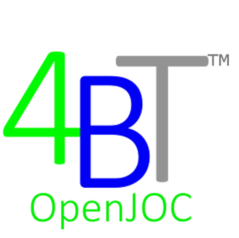Construction Cost Data Books
Construction cost data books should be independent, objective, and locally researched to delivery best value.

Common Characteristics Associated with Actionable Commercial Construction Cost Data Books
- Locally researched cost data (not a national average cost data and/or localization factors)
- Common set of terms and definitions in plain English
- Full description of labor, materials, and equipment, including crew composition where appropriate
- Organized by CSI Masterformat
- Demolition line items
- Modifier line items (items that account for variables that may impact the cost of the associate “parent” line item, such as quantity, work height/access, etc.)
- Independent and objective sourcing and updating
- Ongoing updating process
- Created by professional with decades of actual construction field experience, NOT cost researchers.
- Sufficient quantity/database size to account for at least 90% of construction projects typically encountered.
Construction Cost Data Books should provide local information and best value, as well as be organized and update using MasterFormat.
via www.4BT – LEAN Construction Delivery Solutions – Cost Data, Collaborative Cloud Technology, Job Order Contracting, Training and Support
Learn more…
While the most popular source of construction cost data may be “national average” price books and associated localization factors, this approach simply doesn’t provide what owners and contractors need or what oversight groups should require!
While the most popular source of construction cost data may be “national average” price books and associated localization factors, this approach simply doesn’t provide what owners and contractors need or what oversight groups should require!
In order for the AECOOO sector to take responsibility for the built make progress toward eliminating its legacy of environment, focus must be upon learning, collaboration, and actionable information.
Furthermore there must be contractual incentives for all participants involved to learn collectively and as individuals, and to be successful.
Best value LEAN construction delivery methods are proven to create an environment where over 90% of renovation, repair, and construction projects are delivered on-time, on-budget, and to the satisfaction of all participants and stakeholders. Specific examples of these proven collaborative methods include Integrated Project Delivery, IPD, and Job Order Contracting, JOC. The former is used for major new construction, while JOC is appropriate for renovation, repair, and minor new construction.
Both IPD and JOC require a common data environment, CDE, to drive communication, provide financial transparency, and to mitigate the number of errors and omissions and changes orders that are prevalent with traditional construction delivery (design-bid-build, lowest bidder, design-build…).
A CDE included a common set of terms, definitions, and standardized data architectures. Terms should not be overly complex, stated in plain English, and limit the use of confusing acronyms. CSI Masterformat, Uniformat, and Omniclass are examples of standard data architectures, which play an extremely important role in aiding communication, improving productivity, and lower the cost of information gathering and maintenance.
Detailed line item cost data, organized by CSI Masterformat, is the foundation of any project and all associated construction cost management activities. The source of this information typically varies, yet commonly includes a combination of in-house experience, subcontractor information, and purchased third party cost data.

